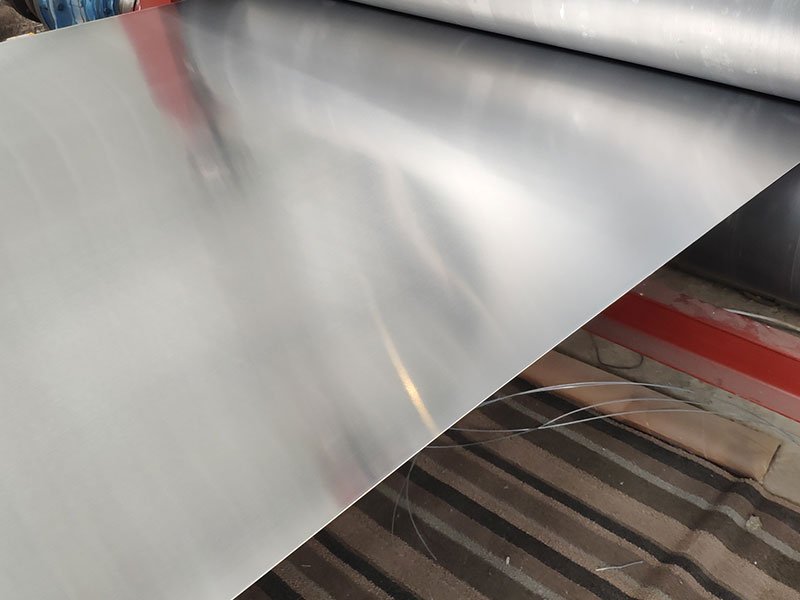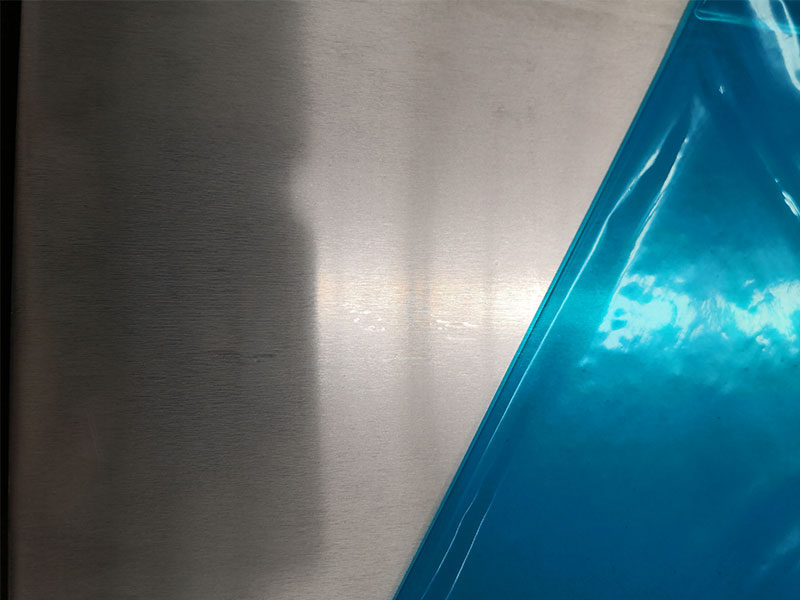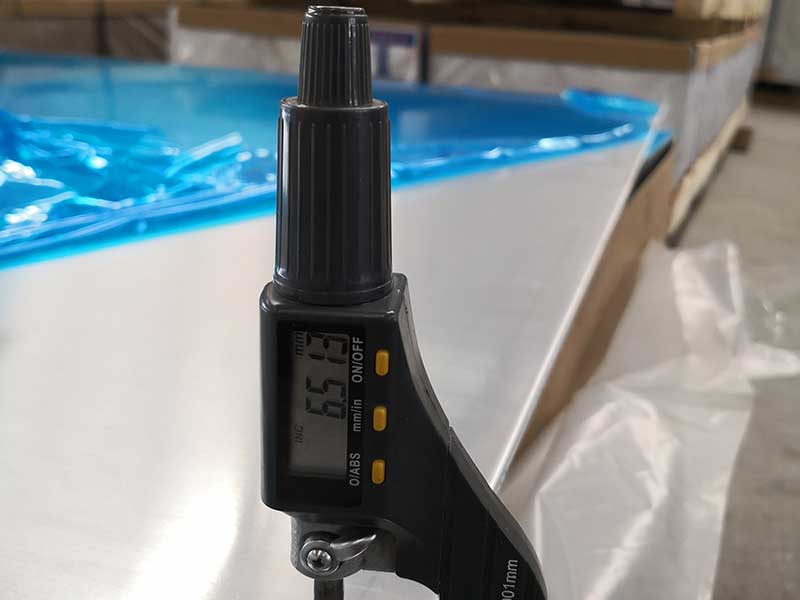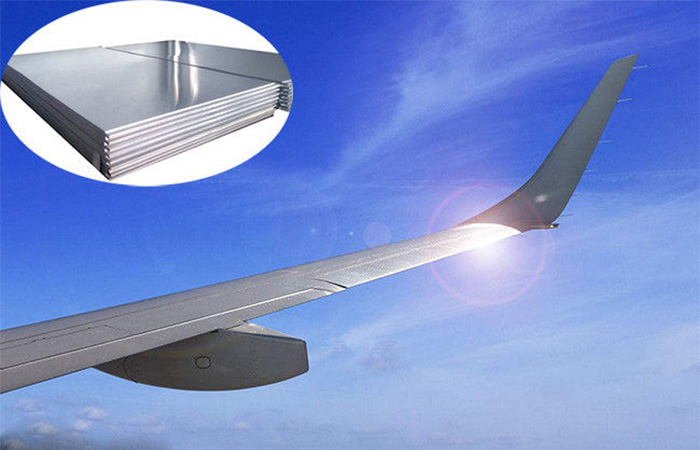5083 H112 aluminium sheet
In the world of aluminum alloys, each variation brings its own set of unique properties and applications. Among these, 5083 H112 aluminum sheet stands out prominently due to its exceptional mechanical strength and resistance to marine environments. As more industries move towards lightweight, durable materials, the intricacies of 5083 H112 becomes increasingly significant.
5083 Aluminum Alloy
An additional attractive aspect of 5083 modifications is how they improve formability and weldability, making it a prime candidate in fields where neither elements could prove troublesome, such as maritime, automotive, and structural applications.
Alloy Parameters
| Property | Value |
|---|---|
| Chemical composition (Mg) | 4.0% - 4.9% |
| Yield strength (MPa) | 185 - 215 |
| Ultimate tensile strength (MPa) | 300 - 380 |
| Elongation % | 12% - 20% |
| Density (g/cm3) | 2.66 |
| Hardness (Brinell) | 75 - 95 |
| Thermal conductivity (W/mK) | 120 |
| Modulus of Elasticity (GPa) | 71.7 |
Decoding the H112 Temper
When you see "H112," you are looking at a designation that conforms to strict tempering guidelines defined in specific industrial standards such as ASTM B209. This temper indicates that the aluminum sheet has been given a solution heat treatment and then aged naturally, portraying a state of reduced internal stresses, which provides a platform for excellent workability.
Clients often choose H112 temper due to its versatility—during processing or fabricating operations such as welding, forming, stamping, or cutting, the H112 temper alleviates worries about brittleness, retaining foam properties without sacrificing structural integrity.
Implementation Standards
The marine and defense water transportation industries frequently opt for 5083 H112 aluminum sheets, primarily due to standards emphasizing safety, resilience, and longevity. This means meeting various implementation specifications:
- ASTM B209: Specification for Aluminum and Aluminum Alloys Sheet and Plate.
- ISO 6361-2: Aluminum and Aluminum Alloys – Sheet and Plate – Part 2.
- EN 573: Series Aluminum and Aluminum Alloys – Chemical Composition (inclusive of wrought alloys).
In recognizing and adhering to these standards, manufacturers ensure that 5083 H112 aluminum sheets can easily operate in demanding environments, retaining generous yield strength across temperatures.
Chemical Properties Table
| Element | Min% | Max% |
|---|---|---|
| Aluminum (Al) | 90.0 | - |
| Magnesium (Mg) | 4.0 | 4.9 |
| Manganese (Mn) | 0.4 | 1.0 |
| Silicon (Si) | 0.0 | 0.4 |
| Copper (Cu) | 0.0 | 0.1 |
| Iron (Fe) | 0.0 | 0.4 |
| Zinc (Zn) | 0.0 | 0.1 |
| Titanium (Ti) | 0.0 | 0.1 |
The Advantages of 5083 H112 Over Alternatives
One may wonder, with an array of high-strength aluminum alloys available, what makes 5083 H112 the preferable choice? The discerning fabricator might note:
- Corrosion Resistance: It's especially resistant to attacks from saltwater, making it invaluable in marine applications.
- Low Thermal Expansion: Reductions in wear caused by fluctuating environmental measurements allow for precision in construction.
- ease of Handling: The manageable dimensions found in standard sheets mean fewer logistics headaches and more efficient manufacturing processes.
https://www.aluminumplate.net/a/5083-h112-aluminium-sheet.html







